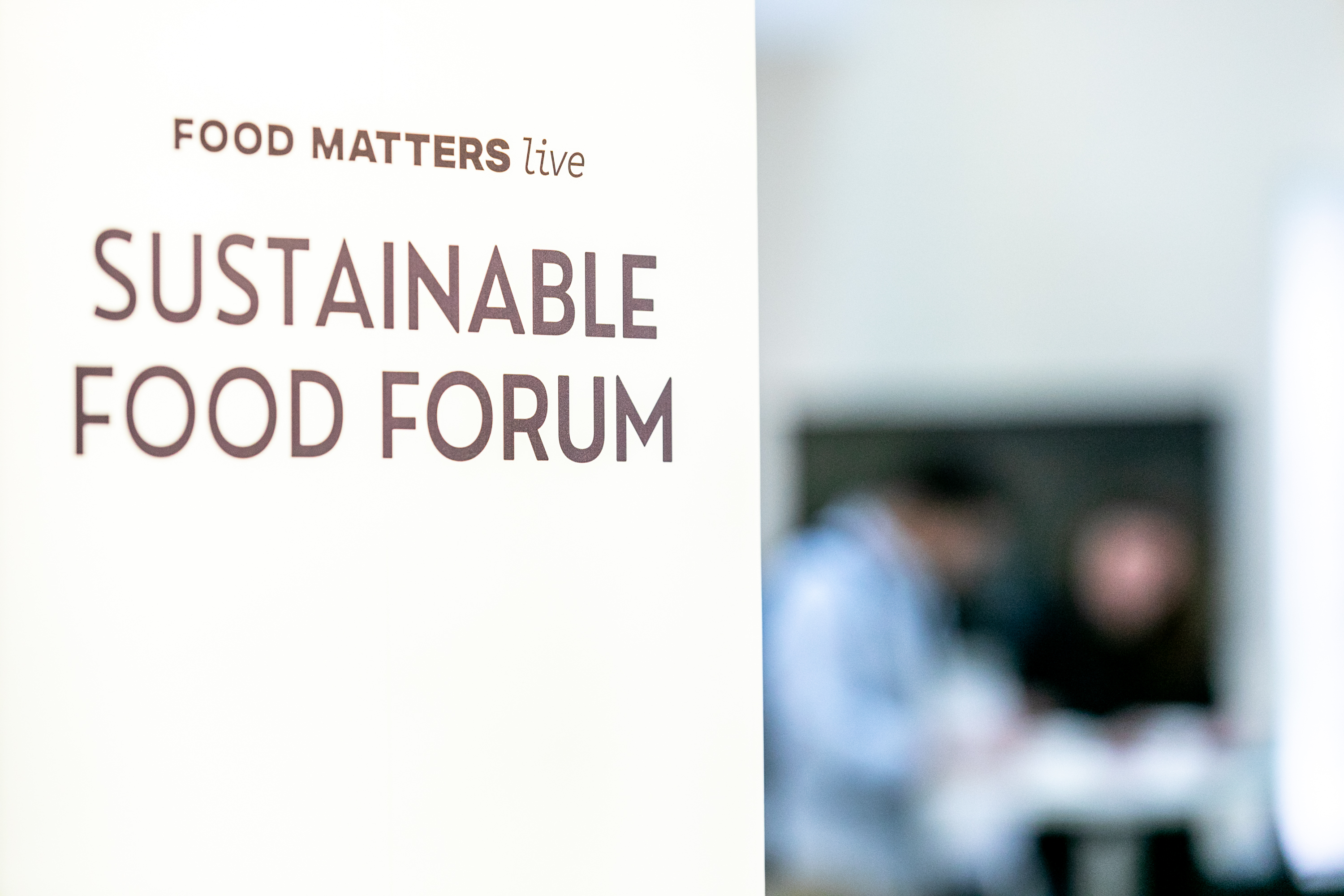Global food production at risk due to climate change, Aalto University finds

A third of the global food production could be a risk if the planet’s temperature rises above 1.5–2°C, as outlined in the Paris agreement, and greenhouse gas emissions are not reduced, a new study by Aalto University in Finland has found.
To quantify and understand the problem that greenhouse gas emissions and the global rise in temperature pose to food production, the Aalto University research has introduced the concept of safe climatic space (SCS), which measures climatic factors of agricultural production: precipitation, temperature, and aridity. If greenhouse gas emissions continue to increase and temperatures rise by around 3.7°C, by 2081-2100, 32% of the world’s food crops and 34% of livestock production would tip over beyond the SCS. Food production would not just be affected by the rise in temperature and carbon monoxide, but also by population growth, land degradation and other environmental factors.
However, the study found that if the planet’s temperature keeps within the parameters outlined in the Paris Agreement, only 8% of crops and 5% of livestock productions would be at risk.

The Aalto University infographic shows how the world’s food production could be affected by 2081-2100
The Aalto University infographic shows how the world’s food production could be affected by 2081-2100
Should temperature rise around the 3.7°C mark, areas most likely to be affected would be Southeast Asia, the Middle East, parts of sub-Saharan Africa and Central America, which are more vulnerable to these changes. Benin, Cambodia, Ghana, Guinea-Bissau, Guyana, and Suriname would be the worst affected, with over 95% of both crop and livestock production moving beyond the SCS.
The boreal forest – the world’s largest land forest which covers a vast part of the northern US, Alaska, Canada, Sweden, Finland, Norway, part of the Scottish Highlands, Estonia, Russia, Kazakhstan, Northern Mongolia and the island of Hokkaido in Japan – would shrink from 18.0 million km2 down to 14.8. The tundra would also be under threat, going from 9.1 km2 to only 2.5. On the other hand, arid, dry, desert areas would be set to increase.
The risk to other part of the world would differ. Out of 177 countries analysed in the study, 52 would manage to stay within the same climate space. Europe would be at a lower risk and least likely to experience severe crop and livestock losses, however the continent wouldn’t be immune to the impact of rising temperatures.
The Aalto University study also warns of other issues stemming from changes to food production.
“The abilities of individual countries to face these projected changes and their potential effects, such as environmental refugees and growing importance of international food trade in conditions where local food production cannot meet the demand, varies considerably. We further highlight the drastic differences in the impacts on food production between low-and high-emissions scenarios, stressing the importance of limiting global warming to 1.5–2°C.”
Whilst this data is very sobering, the study also found that a more sustainable global agriculture could help tackle this potential food and climate crisis.
“…future solutions should be concentrated on actions that would both mitigate climate change and increase resilience in food systems and societies, increase food production sustainability that respects key planetary boundaries, adapt to climate change by, for example, crop migration, and foster local livelihoods in the most critical areas. All this calls for global partnerships and solidarity, as well as innovative cross-sectoral thinking, to find the needed solutions. Our analyses should thus be linked to other sectors in future studies, first to better understand the cumulative pressure on different sectors in future scenarios and then to seek for future opportunities to secure sustainable development and equity.”.








